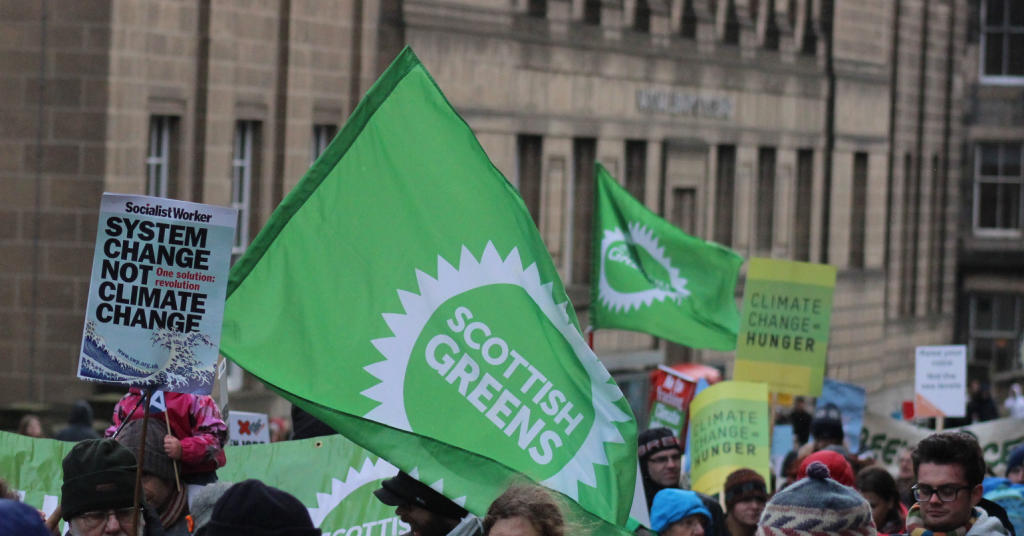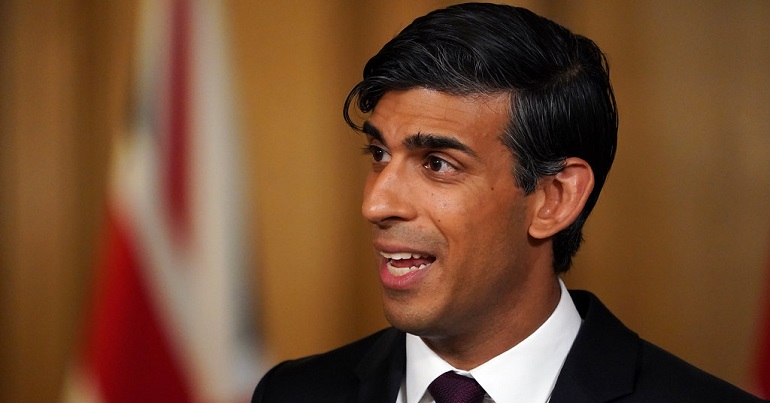What is the future of the EU Emissions Trading Scheme?

Last weekend saw the latest data release from the EU Emissions Trading Scheme (EU-ETS). This has been a cornerstone of the EU climate policy since it’s introduction in 2003. Greenhouse gas emissions under the scheme are falling, but environmental groups often join the Eurosceptic right in opposing to scheme, and worries about its effectiveness are only growing.
The idea behind the scheme
The basic premise for the EU-ETS is that for every metric tonne of CO2 equivalent produced by a business operating under the scheme, firms needs a permit. These permits are tradable, so a firm with surplus can sell them on for a profit to other firms. This incentivises firms to cut their emissions, in order to profit ffrom selling their surplus permits. By the same token climate laggards will be financially punished.
The market mechanism gives an incentive for the sector most able to cut emissions to act, while the most polluting firms pay for it. It makes a great economic model. At least in theory.
In reality, the EUETS was set up not as an economic model, and it turned out to have some fundamental design flaws.
Early problems
Much of the scheme effectiveness depends on the price of permits being significant for the firms in the scheme. This has often not been the case with the EU-ETS, indeed for much of the mid 2010s a drink in London was worth roughly the equivalent of a tonne of CO2.

The reasons for this are reflective of the manifold flaws and compromises in the market, but the key ones are:
- Governments were allowed to allocate permits to firms based on productive capacity. This predictably led to over-allocation
- Offsets of questionable validity were allowed into the market.
- Initially, there was no target for emissions reduction, and when one was introduced, this was set at an unambitious 1.77% a year.
- The scheme was launched just before the 2008 recession hit and the subsequent lower output meant less emissions.
This led to a massive surplus being built up, that kept the price depressed, giving firms no reason to mitigate their emissions.
The EU, belatedly recognising their mistakes embarked on a round of reform, followed by another and then another.
The fourth period of reform brought in a series of changes: 900 million permits where held back from entering into the market and the rate of retirements was increased to 2.2%. Most significantly, a Market Stability Reserve was introduced that can withdraw 24% of permits, if there is a certain level of oversupply.
Measured by price these reforms began to work, soaring to levels where it actually mattered. For instance EU-ETS has been credited in contributing to the collapse in EU coal generation.
Indeed, it has been argued that even when prices are the mere presence of the EU-ETS has led to behaviour change though expectations prices will rise one day.
Continuing Crisis?
However, the latest data released for 2019 shows that dramatic falls in the power sector mean that the surplus has re-emerged and this was well before Covid-19 drove the EU economy into shutdown. The surplus is far larger than the Market Stability Reserve is able to remove.
Yip, the emissions are already below the cap 7 years(!) from now…
(Based on ICIS euets 2019 emissions forecast) pic.twitter.com/w1kNM4UsZB
— Dave Jones (@CoalFreeDave) April 9, 2020
In more concerning news steel plants have overtaken coal in being responsible for largest number of emissions. Steel is one of a number of sectors that are considered ‘vulnerable to carbon leakage’ (production being displaced outside the EU) and so they receive their permits though government grant rather than acquiring them though auction.
Even if an argument can be made for the EU-ETS being effective in the past, it has not met the scale of the climate challenge and is not going to do so without higher prices. Moreover, with low prices the EU-ETS is irrelevant. The decarbonisation in the power sector is not generally ascribed primarily to the EU-ETS, but to global structural changes and command and control instruments, such as the Large Combustion Plant Directive and the Renewable Energy Directive. These reduced the carbon intensity of the power sector, but in doing so increased the permits in the EU-ETS and in turn reduced the scheme’s effectiveness. A dysfunctional EU-ETS acts as an albeit minor break on an effective climate policy.
What next?
In this context many Greens might that be looking to abandon a scheme they did not support in the first place. To put this in context the Green Party of England and Wales are not against carbon pricing, indeed they were the only party to offer a comprehensive progressive carbon tax at the last election.
However, they are much more concerned with a polluter pays focus where the price both punishes polluters, but also raises funding for the state to reduce their harm. The EU-ETS embodies the type of technocratic econometric climate policy divorced from justice based thinking that led the environmental movement up a blind alley. Or to put it another way, ‘climate justice’ and ‘tax big oil’ are better slogans than ‘mandate inclusion of large polluters in a trading scheme’.
However, abandoning the EU-ETS is a risky approach and not the direction European Greens have committed to. Climate change is a global issue and we need the entire western world to reduce their emissions urgently and drastically. Following Covid-19, Poland and Estonia are already calling for the EU-ETS to be relaxed. To expect the scheme to be replaced with a carbon tax any time soon is pure fantasy.
National action may be a way forward, but for many countries their institutional arrangements mean without an EU carbon price there will be no national carbon price. Moreover, carbon leakage is still a threat under a tax, and can only be effectively addressed either by a carbon-based border tax, or regulation. Both of these are easier to defend against inevitable USA pressure as a whole EU bloc.
In this context it is worth looking at if the EU-ETS could be reformed to be an effective instrument to meet Green aims. There are four important reforms that could be contributors:
1. Full auctioning
If the aim is to raise revenue from polluters, this is not only possible under the EU-ETS but by 2030 it will be the sole way of allocating permits for sectors not vulnerable to carbon leakage (with exceptions for the eastern European power sector). Instead of being given permits, firms will have to bid for them at auction, with the revenue going to government funds with 50% earmarked for energy efficiency, or for a just transition. For this to be effective it needs to be extended out across the entire economy.
2. A carbon border tax
However, some firms will simply relocate abroad and continue their practices there, with no environmental gain and the loss of many jobs. A carbon border tax reduces the chance of this and is a key part of both the European and Green Party of England and Wales’ programme.
3. A floor price
The UK is unique in that it brought in a floor price with the EU-ETS, meaning prices could not fall below 18 Euros a tonne. This worked to help drive coal out of the power sector. The effect on the overall European market was to depress it further. However, many countries argued in the last reform package that a floor price was needed and the Netherlands is implementing its own. A rising floor price with an auctioning system could theoretically look very much like a carbon tax.
4. A 1.5 degree target
A reason why the surplus builds up in the EU-ETS is that it reflects a European target that isn’t going to avoid climate disaster. A regime that retired permits at a rate faster than 2.2% might avoid this problem.
These are all possible reforms that have some support. However, all still arguably lead to a policy outcome inferior to a straight carbon tax and none of them solve the technocratic nature of the EU-ETS.
Due to considerable Green gains at the last European election and momentum built up by the school strikes, climate change is central to the European agenda. Environmentalists must not let carbon pricing reform go unaddressed. Nor can it overwhelm more policies that we know have worked and are popular, such as new renewable energy, tackling polluters and free public transport.
Image credit: Toby Webster – Creative Commons




Leave a Reply